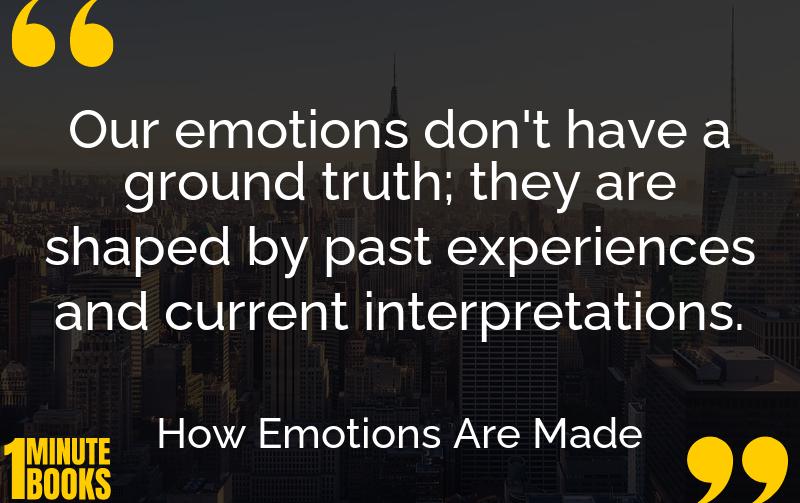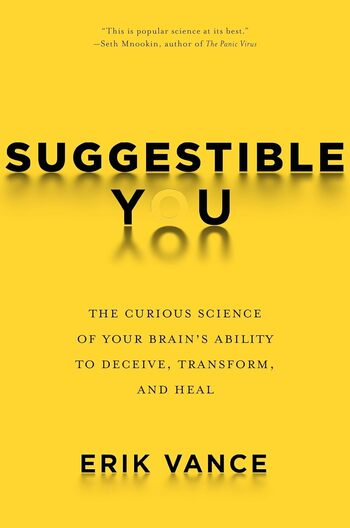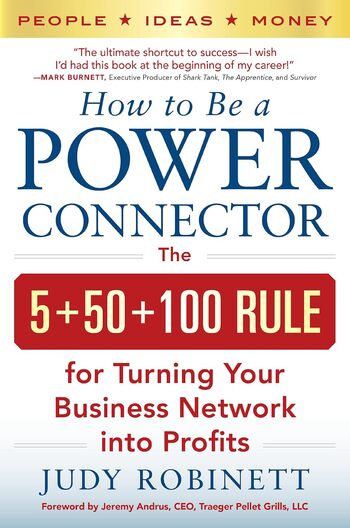
Lisa Feldman Barrett challenges the idea of universal emotions, arguing that emotions are constructed by experiences and cultural understanding. She discusses how our perceptions, language, and past experiences greatly influence our emotional life.
Main Lessons
- Emotions lack universal expressions; they vary across cultures and situations.
- Facial expressions and physiological reactions are not reliable indicators of emotions.
- Different brain areas work together to create emotional experiences, opposing the idea of specific ’emotion centers’.
- Our past experiences shape our emotional responses in new situations, a concept termed the ‘Bayesian brain’.
- Language significantly impacts our understanding and recognition of emotions; some feelings may lack words in certain languages.
- We actively construct our emotional experiences, rather than passively observing them.
- Mastering emotions involves building a solid foundation: healthy diet, regular exercise, enough sleep, and social interactions.
- Pet ownership can contribute positively to emotional and physical well-being.
- Emotional intelligence involves recognizing and articulating diverse emotional experiences.
- Enhancing emotional granularity aids in better comprehension of one’s own and others’ emotions.
- Introducing diverse experiences through reading and media can expand emotional vocabulary.
- Inventing personal emotional vocabulary can help articulate unique feelings.
- Taking physical actions or journaling can help manage emotions in the moment.








